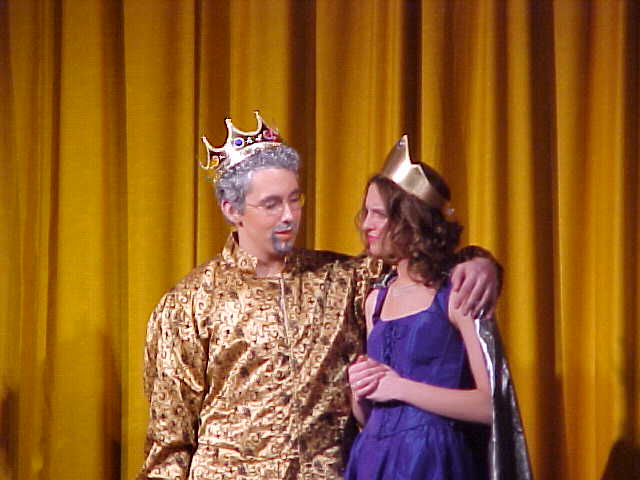
The Noble Gases
HELIUM 4.00260 |
NEON 20.179 |
ARGON 39.948 |
KRYPTON 83.80 |
XENON 131.29 |
RADON 222.0 |

The six noble gases are found in group 18 of the periodic table. They are Helium, Neon, Argon, Krypton, Xenon, and Radon in order of increasing atomic weight. These elements were considered to be inert gases, as they have a closed-shell configuration, until the 1960's, because their oxidation number of 0 prevents the noble gases from forming compounds readily. This was found to be incorrect in 1962 when Neil Bartlett succeeded in making the first complex xenon compound. His work was confirmed by scientists at Argonne National Laboratory in Illinois, who made the first simple compound of Xenon and Fluorine (xenon tetrafluoride) and latter made Radon and Krypton compounds. Although krypton compounds were made with considerable difficulty, both xenon and radon reacted readily with fluorine, and additional reactions to produce other compounds of xenon and radon could be accomplished. All noble gases have the maximum number of electrons possible in their outer shell (2 for Helium, 8 for all others), making them stable.
All of the Noble Gases are gases. The noble gases are all found in minute quantities in the atmosphere, and are isolated by fractional distillation of liquid air. Helium can be obtained from natural gas wells where it has accumulated as a result of radioactive decay. All these gases are monatomic. They boil at low temperatures as only dispersion forces act between the atoms. Helium has the lowest boiling point of any substance at 4.2K. The 1st ionization energy decreases on descending the Group, as the valence shell becomes further away from the nucleus and electrons become easier to remove. The first ionization energy of xenon is comparable with that of bromine, which explains why xenon forms compounds with oxygen and fluorine relatively easily. The oxidation numbers of xenon in its compounds are +2, +4, +6 and +8. The Noble Gases have important industrial functions. Click on the links to the individual elements to find out more!
Krypton, Xenon, and Radon, being the heaviest inert gases, have been known to form chemical combinations as stated before above. This is due to the forces between the outermost electrons of these three elements and their nuclei are diluted by the distance and the interference of other electrons. The energy gained in creating a Xenon or Radon Fluoride is greater than the energy required for promotion of the reaction, and the compounds are chemically stable. Compounds of Helium, Neon, or Argon, the electrons of which are more closely bound to their nuclei, are unlikely to be created.
![[Periodic Table of the Elements]](table.gif)
Created by: Tim Gately, Lauren Westerfield, Danielle Fuchs, and Elisabeth Kain
Honors Chemistry
Period 6
Ms. O'Sullivan